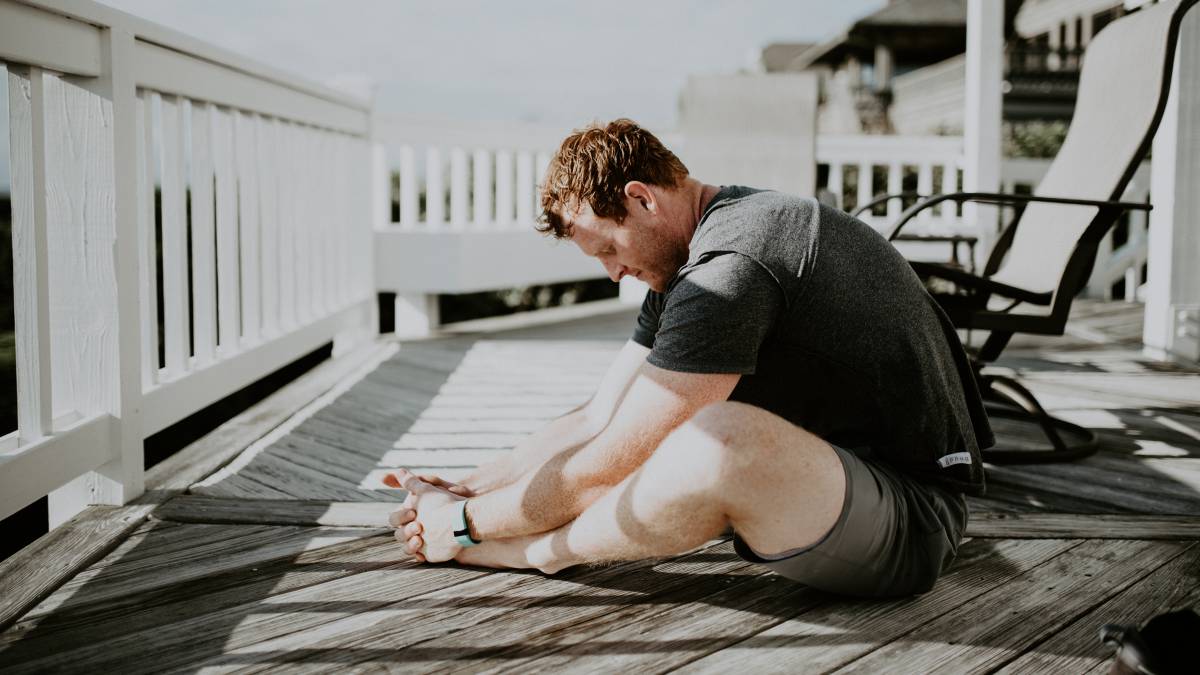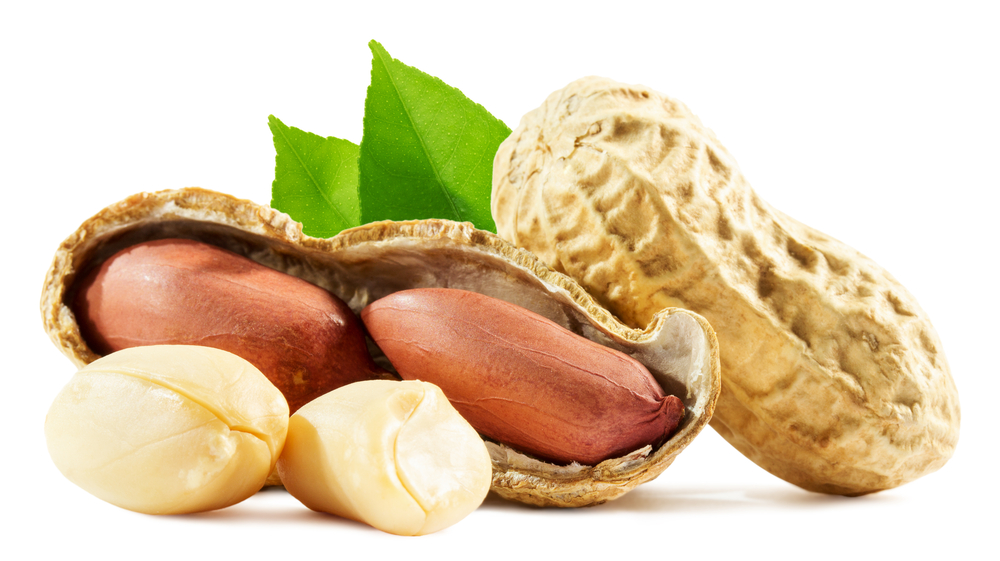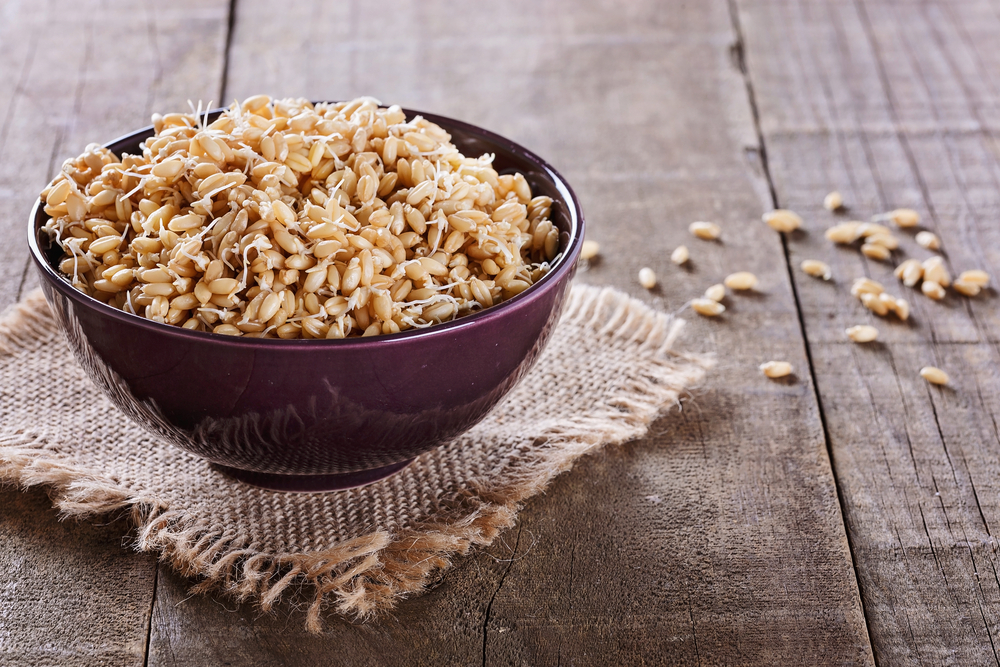Existen dos causas comunes de dolor muscular: la inmovilidad y el trauma causado por el ejercicio. Estos se evitan estirando frecuentemente.
No olvides estirar antes y también después de hacer ejercicio
Realiza dos minutos de estiramiento varias veces al día. Un estiramiento brusco de músculo ocasiona ruptura de las fibras musculares y por consiguiente inflamación local y dolor. De igual manera, ahora sabemos que una fibra sólo “cede” y estira pasados los 20 segundos.
Por eso, tal vez la mejor manera de estirar sea gradualmente, hasta llegar al límite que provoca un ligero dolor, con movimientos suaves, demorando al menos 20 segundos.
Referencias:
Page, P. (2012). Current concepts in muscle stretching for exercise and rehabilitation. International Journal of Sports Physical Therapy, 7(1), 109–119.
Elson, D., & Gardiner, J. (2014). Stretching: 35 stretches to improve flexibility and reduce pain. The Harvard Health Publication. Retrieved May 20, 2015, from www.health.harvard.edu
Morse, C. I., Degens, H., Seynnes, O. R., Maganaris, C. N., & Jones, D. A. (2008). The acute effect of stretching on the passive stiffness of the human gastrocnemius muscle tendon unit. The Journal of Physiology, 586(Pt 1), 97–106. http://doi.org/10.1113/jphysiol.2007.140434
Garber, C., Blissmer, B., Deschenes, M., Franklin, B., Lamonte, M., & Lee, I. et al. (2011). Quantity and Quality of Exercise for Developing and Maintaining Cardiorespiratory, Musculoskeletal, and Neuromotor Fitness in Apparently Healthy Adults. Medicine & Science In Sports & Exercise, 43(7), 1334-1359. http://dx.doi.org/10.1249/mss.0b013e318213fefb
Witvrouw, E., Mahieu, N., Roosen, P., & McNair, P. (2007). The role of stretching in tendon injuries. British Journal of Sports Medicine, 41(4), 224–226. http://doi.org/10.1136/bjsm.2006.034165
Herbert, R., de Noronha, M., & Kamper, S. (2011). Stretching to prevent or reduce muscle soreness after exercise. Cochrane Database Of Systematic Reviews. http://dx.doi.org/10.1002/14651858.cd004577.pub3









